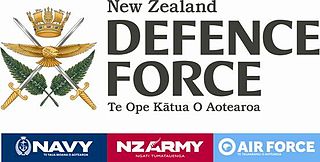
The New Zealand Defence Force consists of three services: the Royal New Zealand Navy, the New Zealand Army and the Royal New Zealand Air Force; and is commanded and headed by the chief of Defence Force (CDF).

The Papua New Guinea Defence Force (PNGDF) is the military organisation responsible for the defence of Papua New Guinea. It originated from the Australian Army land forces of the territory of Papua New Guinea before independence, coming into being in January 1973 and having its antecedents in the Pacific Islands Regiment. The PNGDF is a small force numbering around 2,500 personnel and consists of a Land Element, an Air Element and a Maritime Element. It is a joint force tasked with defending Papua New Guinea and its territories against external attack, as well as having secondary functions including national-building and internal security tasks.

The Australian Defence Force (ADF) is the military organisation responsible for the defence of Australia. It consists of the Royal Australian Navy (RAN), Australian Army, Royal Australian Air Force (RAAF) and several "tri-service" units. The ADF has a strength of just over 85,000 full-time personnel and active reservists and is supported by the Department of Defence and several other civilian agencies.

The Canadian Armed Forces, or Canadian Forces (CF), are the unified armed forces of Canada, as constituted by the National Defence Act, which states: "The Canadian Forces are the armed forces of Her Majesty raised by Canada and consist of one Service called the Canadian Armed Forces."

The units of the British Army are commanded by the Chief of the General Staff. This is broadly similar to the structures of the Royal Navy and Royal Air Force, in that the four-star (general-equivalent) commanders-in-chief have been eliminated since 2011 and service chiefs are given direct command of their respective services are responsible as Top Level Budget (TLB) holders. Army Headquarters is located in Andover, Hampshire. There is a Commander Field Army and a personnel and UK operations command, Home Command.
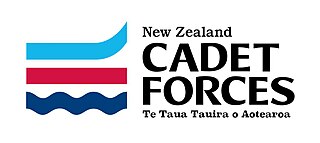
The New Zealand Cadet Forces is a voluntary military-style training organisation for New Zealand youth. Run in a partnership between the New Zealand Defence Force (NZDF) and a number of locally appointed community organizations, it is composed of three Corps : the Sea Cadet Corps (SCC) the New Zealand Cadet Corps (NZCC) and the Air Training Corps (ATC).

The New Zealand Army is the land component of the New Zealand Defence Force and comprises around 4,500 Regular Force personnel, 2,000 Territorial Force personnel and 500 civilians. Formerly the New Zealand Military Forces, the current name was adopted by the New Zealand Army Act 1950. The New Zealand Army traces its history from settler militia raised in 1845.

The Special Operations Command (SOCOMD) is an Australian Defence Force command that was established on 5 May 2003 to unite all of the Australian Army's special forces units and by 2008 was fully operational. Australia's Special Operations Command is of equivalent status to Australia's Fleet, Forces and Air Commands. It is modelled on the equivalent commands in the United States and British military forces, and is led by a major general as Special Operations Commander Australia (SOCAUST).

The United Kingdom's Strategic Command, previously known as Joint Forces Command (JFC), manages allocated joint capabilities from the three armed services.

Joint Helicopter Command (JHC) is a tri-service organisation uniting battlefield military helicopters of the British Armed Forces for command and coordination purposes. Joint Helicopter Command reports to Commander Field Army at Andover.
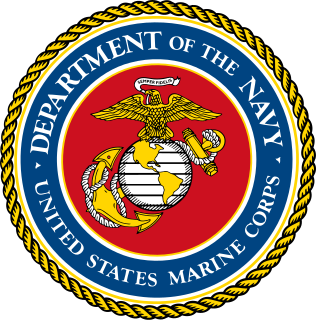
The United States Marine Corps is organized within the Department of the Navy, which is led by the Secretary of the Navy (SECNAV). The most senior Marine commissioned officer is the Commandant of the Marine Corps, responsible for organizing, recruiting, training, and equipping the Marine Corps so that it is ready for operation under the command of the unified combatant commanders. The Marine Corps is organized into four principal subdivisions: Headquarters Marine Corps, the Operating Forces, the Supporting Establishment, and the Marine Forces Reserve.
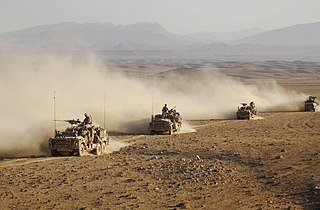
The special forces of the Australian Defence Force are units of Special Operations Command and associated units of the Royal Australian Navy and the Royal Australian Air Force that conduct and or support special operations to advance and protect the national security of the Commonwealth of Australia. The special forces of Australia have a lineage to a variety of units raised in the Second World War such as the Independent and Commando Companies, Z Special Unit, Navy Beach Commandos, and the Coastwatchers. Australian special forces have most recently been deployed to Iraq in Operation Okra as the Special Operations Task Group, as the Special Operations Task Group in Afghanistan, in Afghanistan in support of the Australian Secret Intelligence Service and regularly for counter-terrorism pre-deploy to locations of major domestic events throughout Australia in readiness to support law enforcement such as the 2014 G20 Brisbane summit.

Major General Timothy Joseph McOwan, is a retired senior officer of the Australian Army. He served as Special Operations Commander Australia from February 2008 until January 2011, and the Australian Defence Attaché and Head Australian Defence Staff in Washington, D.C. He retired from the army in 2014.
Director Special Forces (DSF) is the senior British Armed Forces officer responsible for special forces. The post is a senior role within the Ministry of Defence (MoD). As Director, the incumbent is responsible for the provision of United Kingdom Special Forces capability to MoD, and holds Operational Command for discrete Special Forces operations.
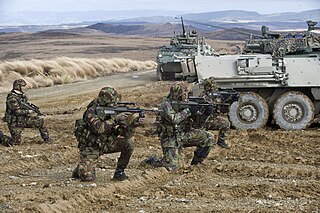
This article describes the current structure of the New Zealand Army. It includes the army's order of battle and the headquarters locations of major units.
Headquarters Joint Forces New Zealand is the New Zealand Defence Force's (NZDF's) operational level headquarters and is responsible for the command and control of NZDF operations worldwide. It was established in 2001 at Trentham Military Camp to support the Commander Joint Forces New Zealand (COMJFNZ).
The Queen's Birthday Honours 2015 for Australia were announced on 8 June 2015 by the Governor-General, Sir Peter Cosgrove.
The Commander Joint Forces New Zealand (COMJFNZ) is a senior appointment in the New Zealand Defence Force, responsible for the command of Headquarters Joint Forces New Zealand. The COMJFNZ is, in effect, the operational commander of all joint operations and exercises within the New Zealand Defence Force, and reports direct to the Chief of Defence Force. Assisting the COMJFNZ are three service component commanders—the Maritime Component Commander, the Land Component Commander, and the Air Component Commander—who are jointly responsible to the COMJFNZ and their respective service chiefs for the capability, training and operations of personnel and units from their respective services.
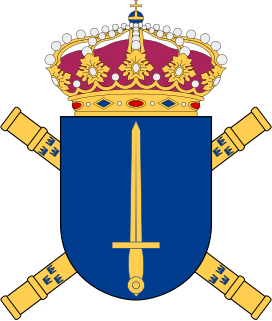
Swedish Armed Forces Headquarters is the highest level of command in the Swedish Armed Forces. Established in 1994, its primary task is to command operations, but is also involved in areas such as military strategy, the overall development of the Swedish Armed Forces, and acting as a channel of contact with government. It's located at Lidingövägen 24 at Gärdet in Stockholm.















